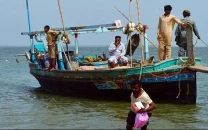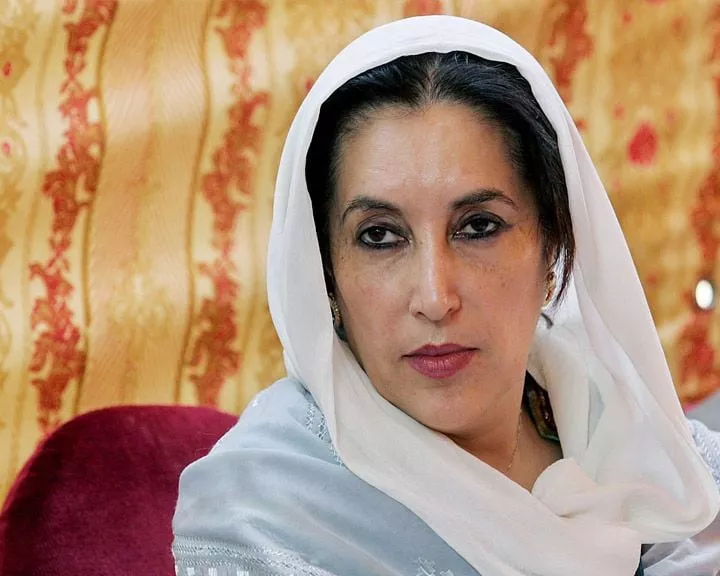Evolution of militancy: Al Qaeda, Taliban grooming new leadership
Heads delegating more authority to smaller cells to evade detection.

Al-Qaeda and its affiliated groups based in Pakistan’s tribal regions are grooming alternative leaderships and splitting their strength into small cells to confuse counter-terror agencies operating against them and survive in the face of sudden fatalities.
Intelligence officials in Islamabad and associates of such groups in South and North Waziristan agencies said these outfits, including Haqqani network, had been following this pattern for some time now and unusual changes were expected in months to come.
The network of Afghan Taliban led by Maulana Sirajuddin Haqqani, supposedly the strongest of al-Qaeda partners, might be promoting a new leader to undertake the group’s operational as well as organisational activities.
Badaruddin, one of several sons of Maulana Jalaluddin Haqqani, would now be introduced to the outside world as the network’s main operative, leading the group and spearheading its operations across Pakistan-Afghanistan border.
“He is up and coming… very soon he will be a household name in the world of terror,” said one official.
Jalal’s elder son, Sirajuddin Haqqani, has so far been leading the network his father established almost two decades ago to fight the communist regime in Afghanistan after the former Soviet Union withdrew forces from the country.
The network, comprising the Pakti clan of Afghan militants because of its base in Paktia and Paktika, has been operating from the North Waziristan tribal district of Pakistan after the US-led invasion uprooted the Taliban regime from Afghanistan.
This change of leadership, one of the group’s associates said, was a strategic move to make sure that there will not be any crisis if one leader got killed. But intelligence officials suspect another reason.
“It is to save him from the public exposure… they don’t feel safe after an intensified drone campaign against them by the US,” one official explained.
Sirajuddin, he added, was the real inspirational character in the network and a replacement for Jalaluddin and the groups wanted to have him anyway whether he led its operations or not.
Similarly, another al Qaeda affiliated group based in same region and led by veteran Kashmir militant leader Ilyas Kashmiri was also in the process of creating several small cells primarily to create confusion and also as a mechanism for the division of labour.
What was Harkat Jihadul Islami in the beginning was then converted to al Qaeda’s 313 brigade and now had been renamed as Lashkar-e-Zil, officials and local said.
Kashmiri, who was responsible for controlling an al Qaeda cell to plan and coordinate attacks on Western targets, had gone in virtual hiding now and all of the foreigners being trained by him have now been divided into small groups to work with different commanders.
“What used to be a cluster once (of white al Qaeda) is now a divided group of individuals operating independently,” a local said of all the Western affiliates of the terror network.
In South Waziristan also, Tehrik-i-Taliban Pakistan (TTP) chief Hakimullah Mehsud had delegated most of his power to a Shura or council led by Sheikh Khalid, a militant commander belonging to Mardan.
Published in The Express Tribune, April 4th, 2011.



















COMMENTS
Comments are moderated and generally will be posted if they are on-topic and not abusive.
For more information, please see our Comments FAQ